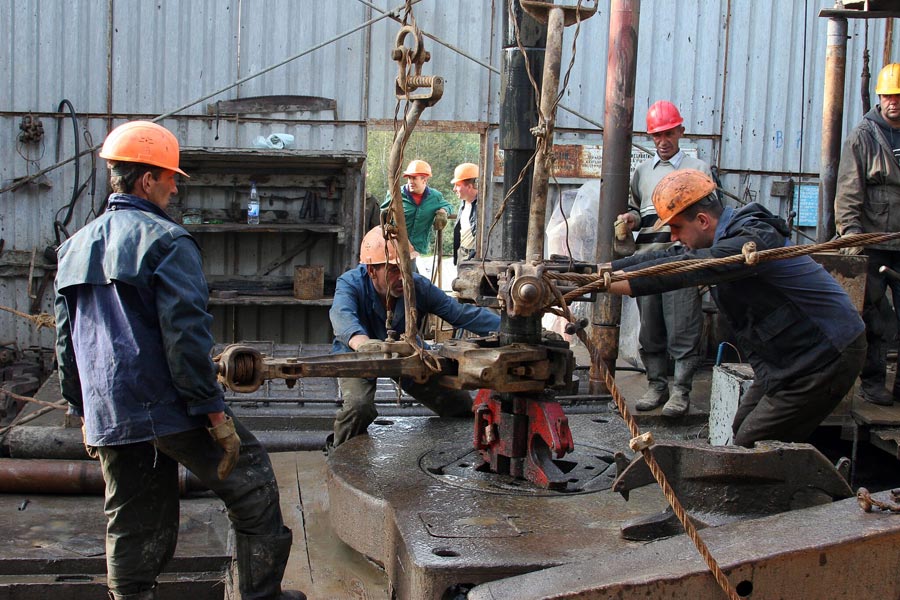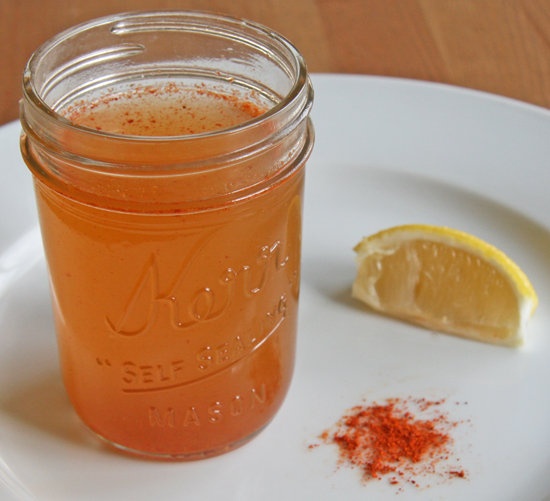Occupational musculoskeletal disorders (including those of the neck, shoulders, and low back), are often associated with the physical demands of work tasks. Working in awkward body postures and performing tasks repetitively can put you at risk for injury. However,
preparing your body and using proper posture can lower your risk of injury. The impact of musculoskeletal disorders is widespread, affecting not only your lifestyle, family, and career, but also your wallet, in the form of healthcare costs.
PROTECT YOUR NECK
The neck is highly susceptible to injury because it is capable of extensive range of motion and is therefore less stable than many other body areas. Staying in fixed positions, such as prolonged extension (e.g. looking up for overhead work) or forward flexion (e.g. head down),
will result in poor posture and may lead to tightness, weakness, or injury of the upper back and neck. Taking a 1minute break every 20 minutes to stretch your neck will help to relieve discomfort and tension. Try these movements:
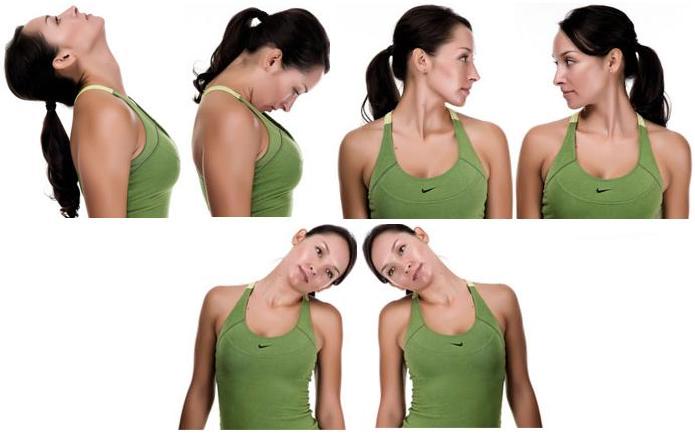
SHOULDER INJURIES
Performing overhead work, pulling, pushing, maintaining poor posture, and lifting or carrying
heavy objects improperly can lead to a shoulder injury.
COMMON SHOULDER DYSFUNCTIONS
Instability – caused when the shoulder joint moves or is forced out of its normal position. Symptoms may include apprehension in moving certain directions and loss of range of motion.
Impingement – caused by excessive rubbing of the shoulder muscles against the top part of the shoulder blade. Symptoms may include discomfort or pain in the front or top of the shoulder, particularly when raising the arm overhead. Discuss the following questions with a Wellness Coach and/or physician:
• Is your shoulder stiff? Can you rotate your arm in all of the normal positions?
• Does it feel like your shoulder could pop out or slide out of the socket?
• Do you lack the strength in your shoulder to carry out your daily activities?
Preventative Movements:

HEALTHY LOWER BACK
The lower spine (lumbar) is designed to be remarkably strong and to transfer great loads from the upper body to the legs. However, lifting heavier objects than you can handle,
performing repetitive movements improperly, and holding awkward postures can take a toll on your back.
Take these steps to prevent back pain and injuries:
• When lifting materials manually, hold them within your “Power Zone,” which is about mid-thigh to mid-chest.
• Maintain a neutral spine by keeping a slight arch in the lower back (stay “proud”).
• Lift properly. Lift with your legs and tighten your core muscles while holding the object close to your body (see picture below). If an object looks too heavy, ask for help.
• Modify repetition by alternating physically demanding tasks with less demanding tasks.
• Include physical activity in your daily routine.
• Listen to your body. Change positions occasionally, and stretch when needed.
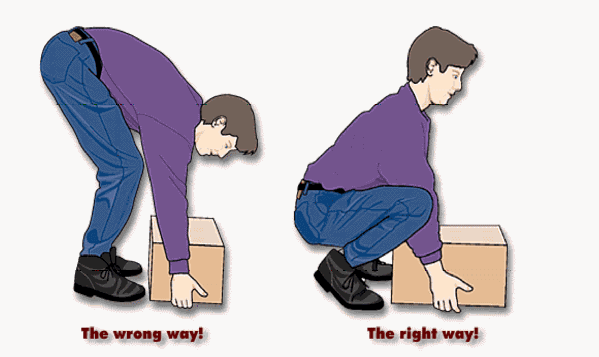
Preventive Care Exercises:
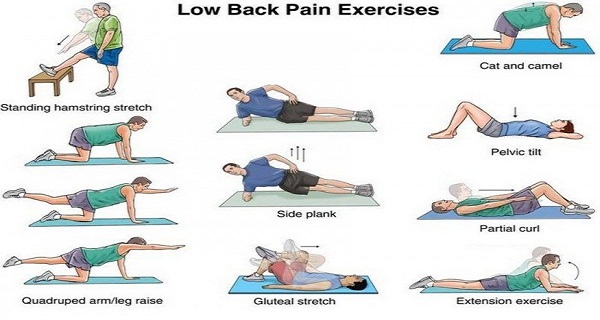
WHAT CAN YOU DO TO STAY HEALTHY AT WORK?
Send us an email to discuss at least one or two of these questions with a Wellness Coach:
- What do you notice about how you move? What are your personal challenges?
- What tools do you need to achieve proper body mechanics?
- What do you do to prepare for work activities?
- What bodily cues do you experience that tell you that you may be overdoing it?

Subscribe To Our VIP Newsletter
Join our VIP mailing list to receive additional content that goes even deeper into the latest news and updates from our team as well as our wellness partners.













